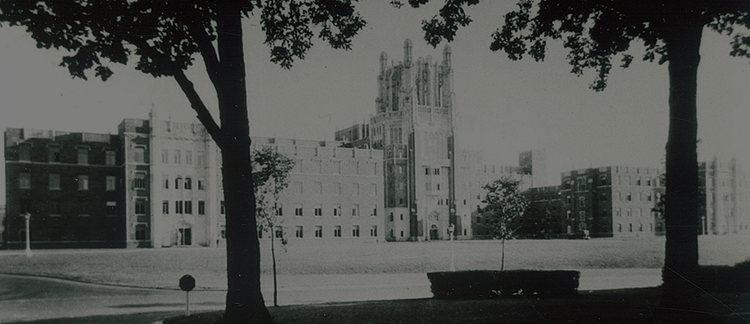Abstract
Purpose: We conducted this study to research both the forecasting efficiency of the cervical histogram and Bishop scoring for birth type (vaginal birth/cesarean) for the superannuated primigravida prior to birth induction.
Methods: Ninety primigravidas in week 41 and beyond were included in the present study. Exclusions for the study included prior labor, ruptured membranes, any major uterine operations, cephalopelvic discord, fetal malpresentations, fetal anomalies, multiple pregnancy, placenta previa, vaginal bleeding, a high sensitivity for oxytocin usage, and an estimated fetal weight greater than 4000 g. Histogram hyperechogenic focus and hypoechogenic focus measurements are conducted in normal spontaneous birth (NSD) and cesarean (SECTIO) groups.
Findings: Thirty-six patients had a cesarean birth, while 54 of the patients had vaginal births. On logarithmical regression analysis, the Bishop score and the parameters were found statistically significant in terms of proving the cesarean indication (p=0.001). In our cervical histogram, the forecasting efficiency of the hyperechogenic focus and hypoechogenic focus measurements for determining the birth type were not been able to shown (p=0.089 ; p=0.555). Bishop scoring parameters showed statistically significant deviances between the NSD group compared to the cesarean group in terms of a 1-2 cm increase in cervical opening and for being 3-4 cm(p=0.0001), the cervical extinguishment as 40%-50% (p=0.0001), the occurrence of cervical softening (p=0.0001), and the head level at -1 and -2 (p=0.0001). When declaring the cesarean indication, the Bishop score’s AUC value was found as 0.932 and the LR(+) value as 9; while the estimation value for the Bishop score occurring below <5 increased the cesarean birth risk ninefold.
Conclusion: During a superannuated nulliparous pregnancy, the Bishop score and the Bishop score’s individual parameters are meaningful for vaginal birth, while a cervical histogram is not significant for forecasting the birth type.
Keywords: Bishop score, cervical histogram, vaginal birth, birth induction
How to Cite:
Sık,, A. & Bozkurt, M. & Kumbasar, S. & Çalıskan, E., (2017) “Can evaluation of the cervix with histogram and Bishop scoring prior to birth induction forecast the birth type for superannuated primigravidas?”, Proceedings in Obstetrics and Gynecology 7(1), 1–16. doi: https://doi.org/10.17077/2154-4751.1315
Rights: Copyright © 2017 the authors
Downloads:
Download pdf
View
PDF

